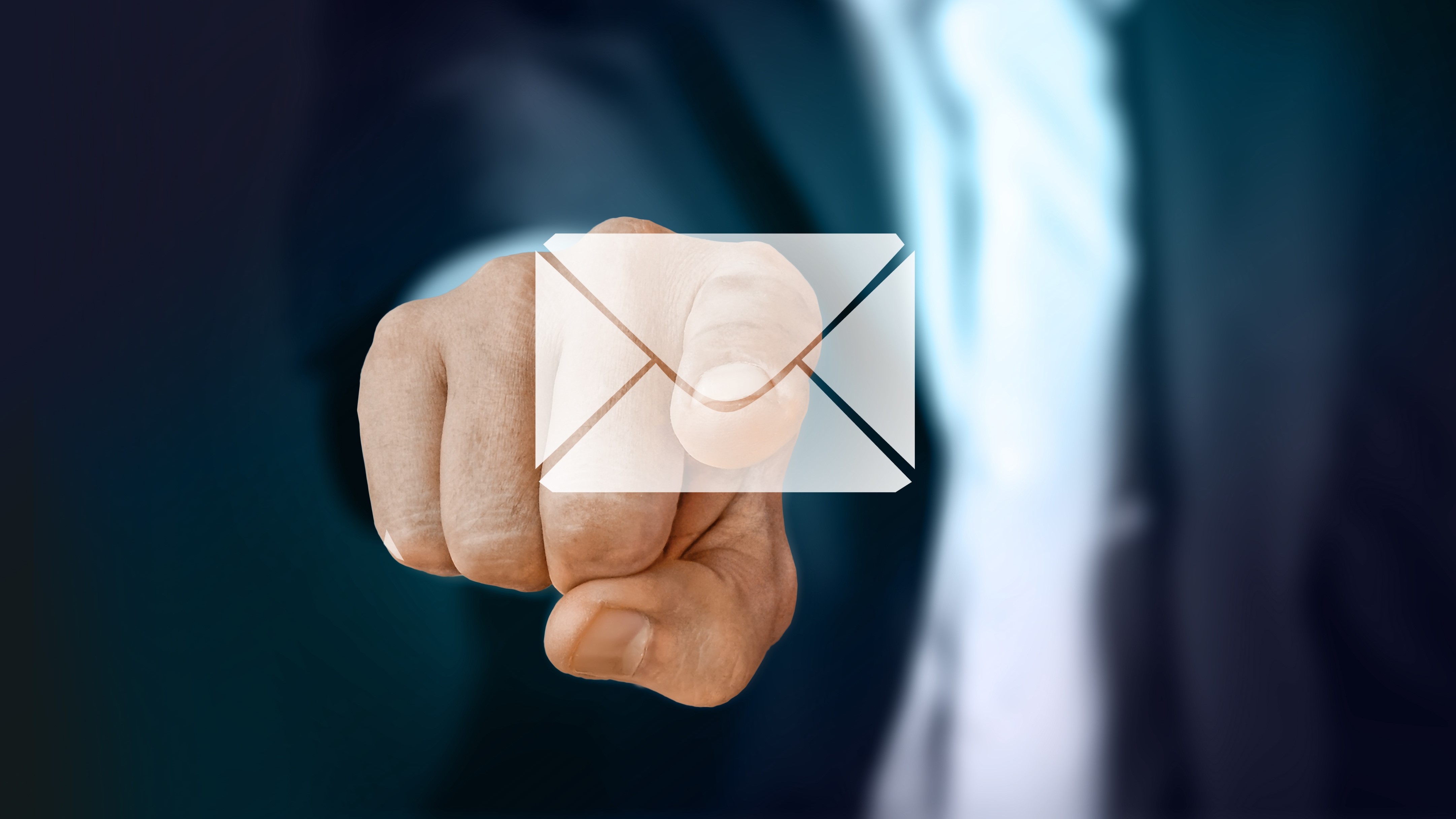How to make your email campaigns successful
Boost your email marketing

1. Define your goal
Before setting pen to paper - or finger to key - it’s important to understand why you are reaching out to consumers in the first place. Inboxes are a breeding ground for junk mail, so have a clear purpose in mind to cut through the noise.
If this is your first try at email marketing, read our beginner’s guide to email marketing before moving on to the subsequent steps in this article. Understanding why the campaign is important to your business and setting out clear goals can help point you in the right direction.
Techradar's Choice for Best Email Marketing Services
See how Constant Contact's award-winning live support, list-growth tools, and customizable templates can help you reach your marketing goals. Buy today and save 40% off 3 months.
2. Consider your audience
Email marketing is not a new concept, but a dated ‘one size fits all’ approach is no longer acceptable when there is such a wide range of email service providers and marketing tools that can cater to your every need.
Every business will have its own unique audience, but even these can be split up into countless groups by buying habit, interest, or demographic. A good email marketing service (more on how to choose one of those here) will be able to automate newsletters on your behalf, helping you to provide a more personalized experience.
3. Add a touch of personalization
People prefer to be spoken to, and a generic email can feel a bit cold. You have already identified your customers’ needs, but adding an extra layer of personalization can make your business’s email stand out among competition.
Pulling in data from your subscriber database can help you to include each customer’s name, location-specific events, or promotions based on previously purchased items and services.
It can be easy to write a professional email, and while professionalism still has a place in modern-day businesses, emails should take a conversational tone. Consider using your name - to sign off your email or in the ‘reply to’ email address - to relate with customers.
Are you a pro? Subscribe to our newsletter
Sign up to the TechRadar Pro newsletter to get all the top news, opinion, features and guidance your business needs to succeed!
4. Pick your email type
With a clear goal in mind, you will have already decided on the right type of email to use without realizing. If you need some inspiration, consider the following email types:
- Newsletters - These are best sent frequently, such as weekly, fortnightly, or monthly, and serve as a channel for announcements like company news or upcoming events and promotions
- E-commerce basket reminders - Link your email service provider to an e-commerce site and remind people that they have incomplete purchases pending. This is a good opportunity to offer a small incentive - like a discount - without needing to run a company-wide sale
- Re-engagement - Target inactive subscribers with an eye-catching coupon to increase conversions
- Requests to review - Follow up a purchase with a link for customers to leave a review of your product or services, or to share it on social media
5. Use the right tools
A decade or two ago, it was acceptable to send emails in plain text format. This is fine for sending an email to a colleague, but a marketing campaign in 2022 should be built in HTML at a minimum.
With consumers now able to receive emails on the smartwatches, being able to cater to a variety of screen dimensions can help boost accessibility. HTML formatting also allows you to use a more responsive design with embedded graphics and calls to action.
6. Design your email
No matter how much valuable information you add into your email, if it’s not visually appealing it may never get opened. Using your brand’s logos will add your identity, and using your palette of colors throughout will maintain consistency.
Establish hierarchy with a small catalog of fonts and text sizes, and apply the rule of three: support every heading and piece of body text with a helpful image, embedded video or clear call to action. Follow our guide to creating the perfect newsletter template for the best chances of marketing your business.
7. Send your email at the right time
Consider the location of your subscribers - not your location. If you send an email at 2am, it’s likely to get buried under a whole host of other emails that will filter through in the coming hours. The best times to send an email are during workers’ lunch breaks, in the evening after most workers have gone home, and with careful planning, in time for people’s morning commutes.
Avoid sending emails on Mondays and Fridays, which can often be busy for those who work typical five-day weeks. Similarly, avoid weekend daytimes which are often spent with the family away from inboxes.
8. Test, test, test
It can feel like the hard work is done when you finally sign off the template you spent hours designing, but it’s no good if the email campaign doesn’t work. Check that the formatting stays in place, that all links and calls to action work as expected, and that the email displays correctly on different devices. You can find tools online that test these for you.
9. Analytics
Analytics offer valuable insight into the success of your email campaign. Many email service providers and marketing services have built-in number crunchers, or at least support for APIs that connect to external analytic tools.
Set up your dashboard to examine the following data:
- Open rate - Checking how many of your recipients opened your email tells you how appealing the subject line and header text was
- Click-throughs - Every email campaign should feature at least one call to action. Understanding who clicked on your link will determine how clear and appealing the message was
- High-performing links - If you can pinpoint a link that converts into a high number of sales, consider reusing it in other campaigns
- Bounce rate - This will indicate how many of your customers are inactive. It may be time to set up a new subscriber list to focus on active engagements
- Unsubscribes - Don’t be disheartened when people unsubscribe from your mailing list. This is an opportunity to understand why
10. Follow up
Create a sense of urgency, such as expiring deals or shopping baskets. Follow-up emails can often be sent automatically with pre-determined triggers. Don’t push too hard, though, or subscribers will want to remove themselves from your mailing list.
TechRadar created this content as part of a paid partnership with Constant Contact. The contents of this article are entirely independent and solely reflect the editorial opinion of TechRadar.
With several years’ experience freelancing in tech and automotive circles, Craig’s specific interests lie in technology that is designed to better our lives, including AI and ML, productivity aids, and smart fitness. He is also passionate about cars and the decarbonisation of personal transportation. As an avid bargain-hunter, you can be sure that any deal Craig finds is top value!

